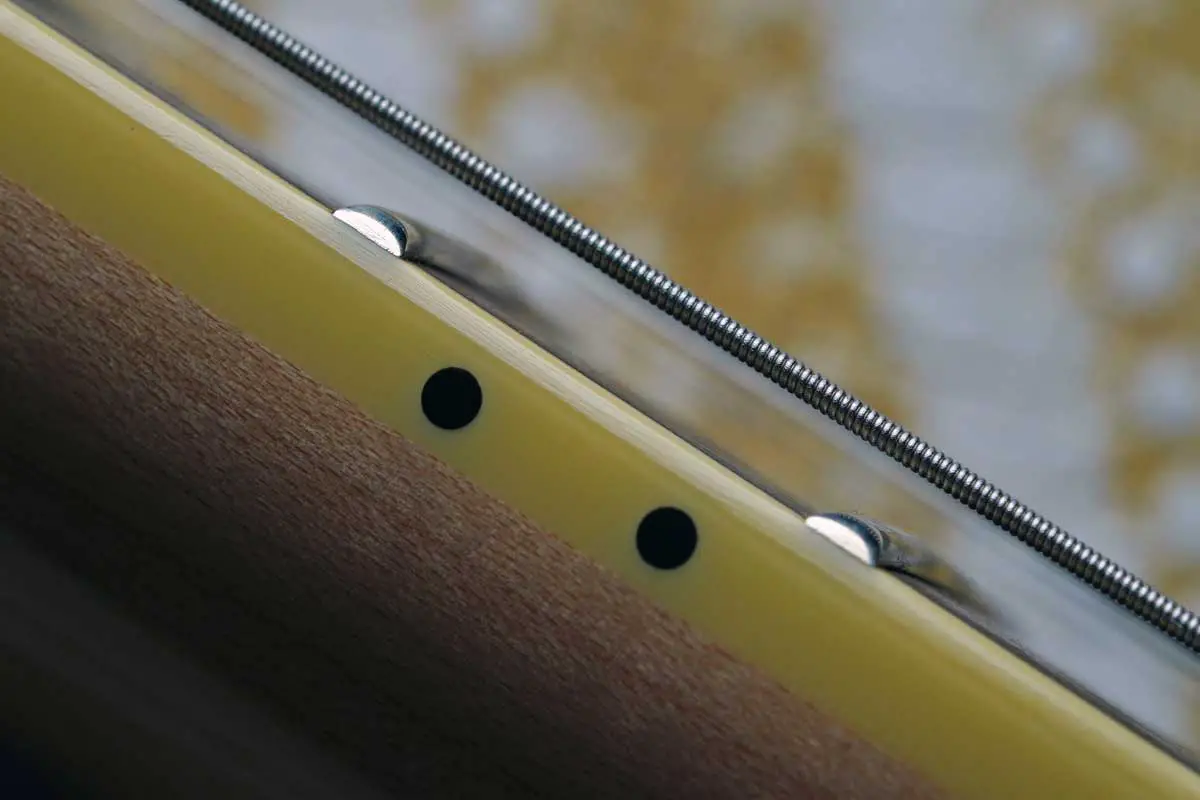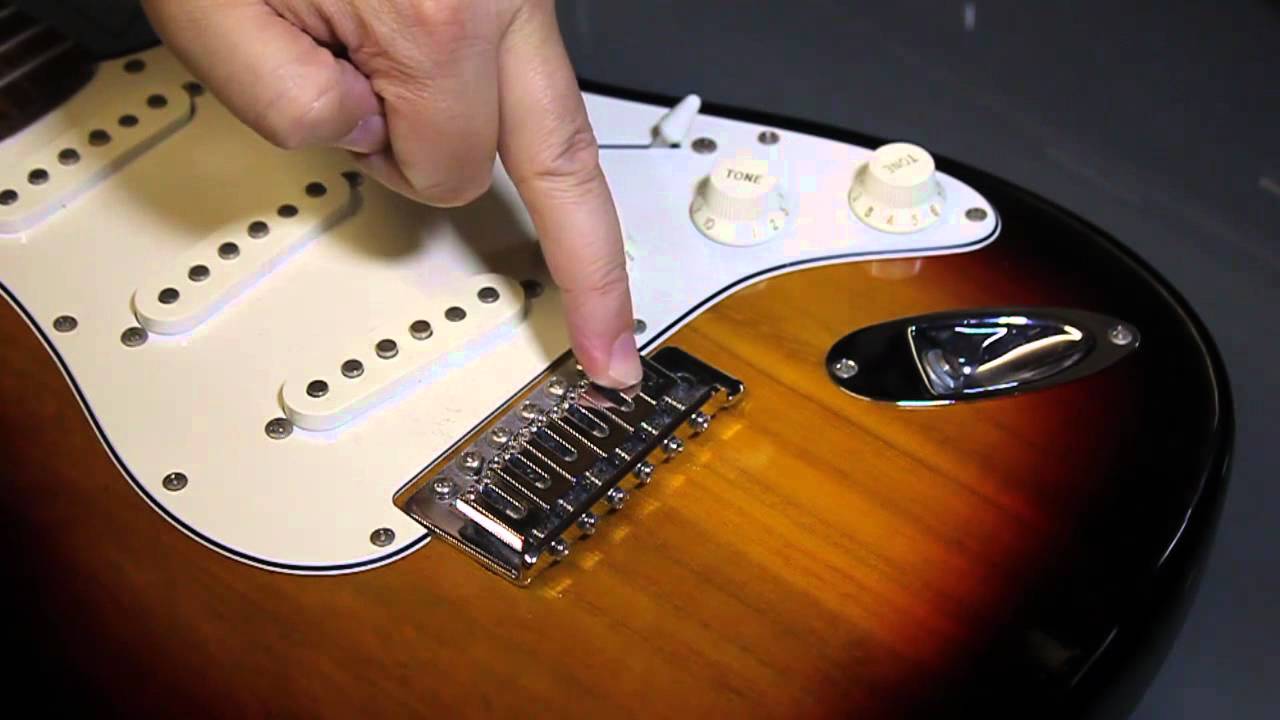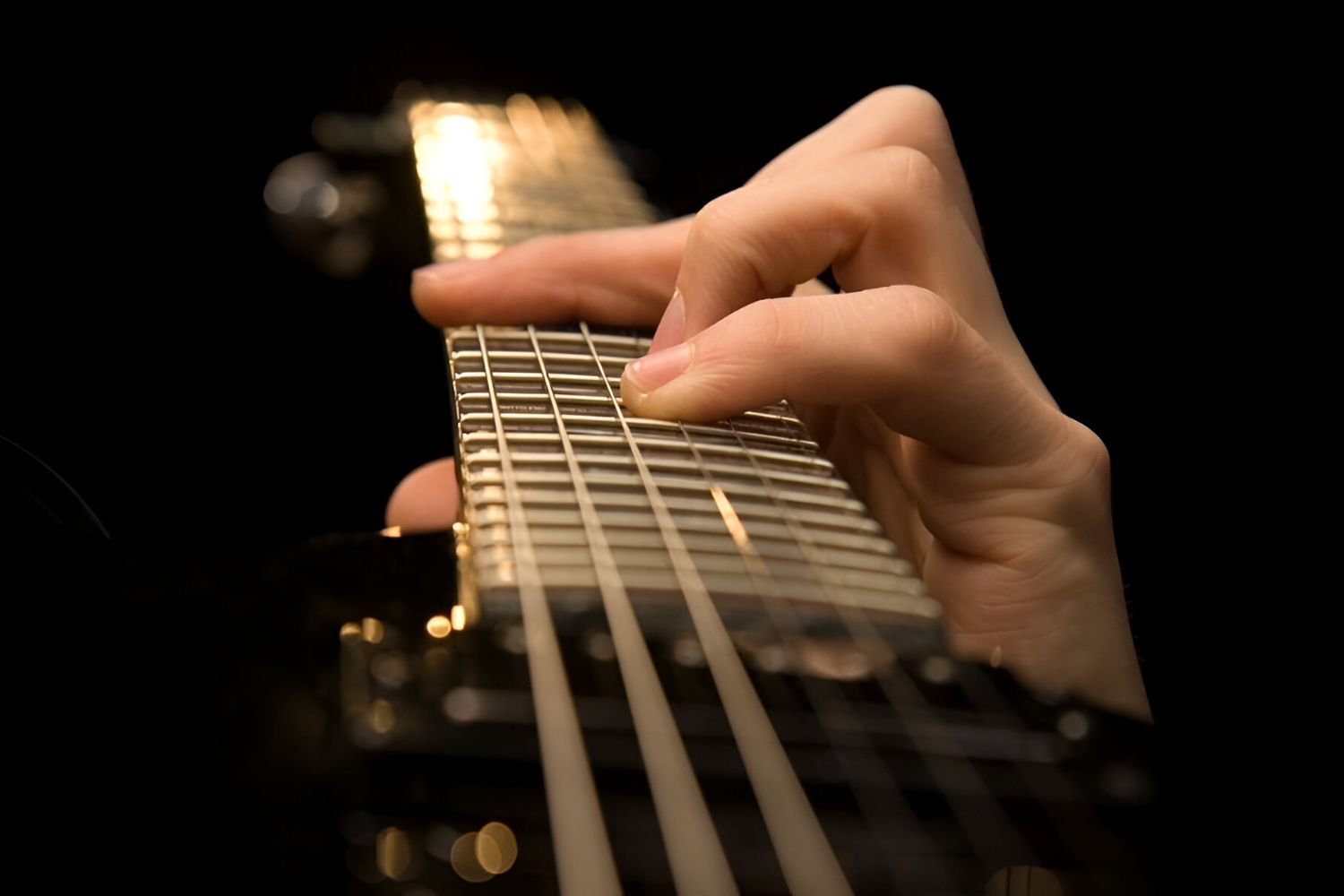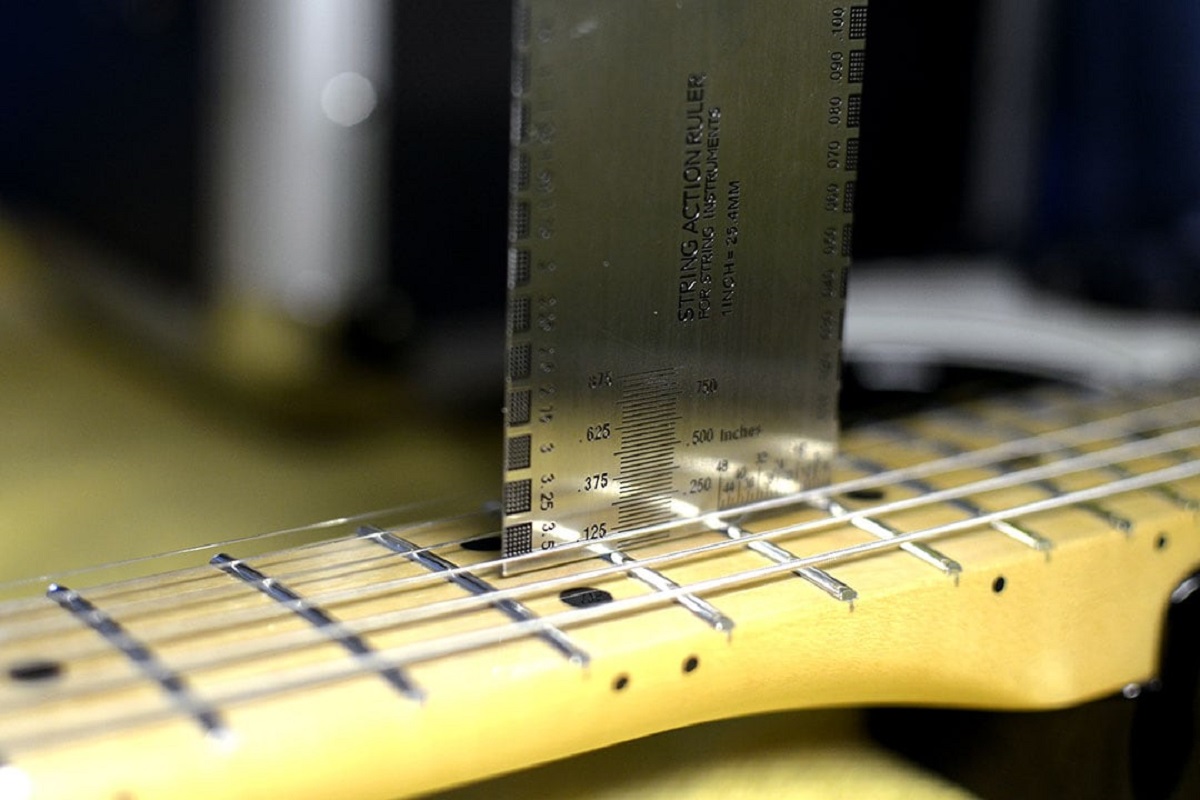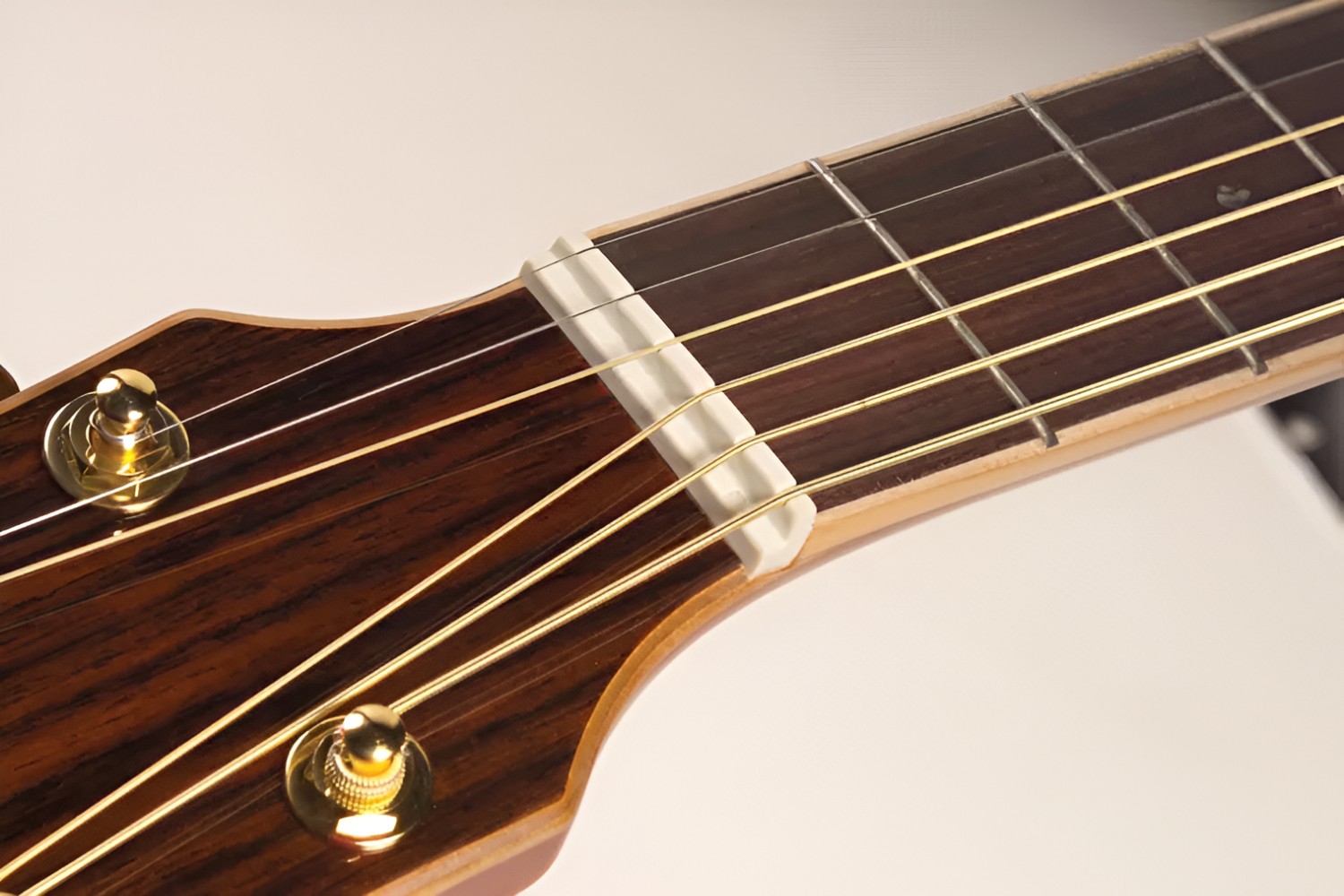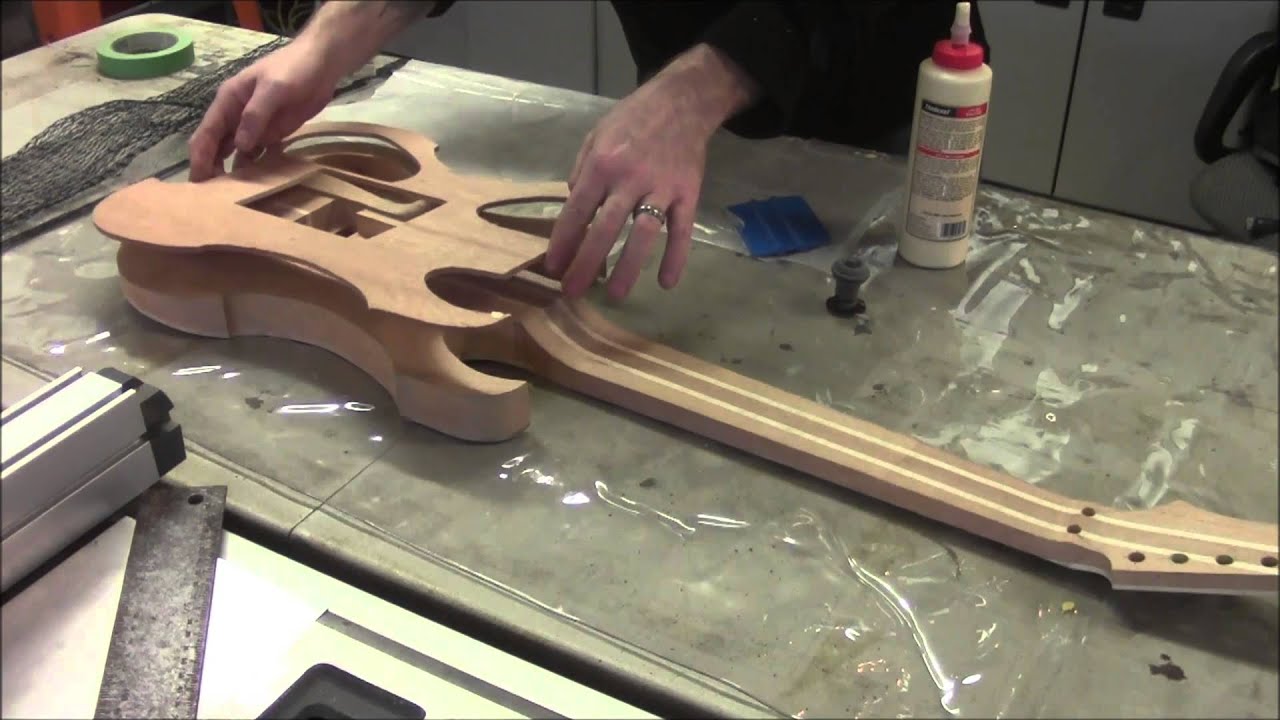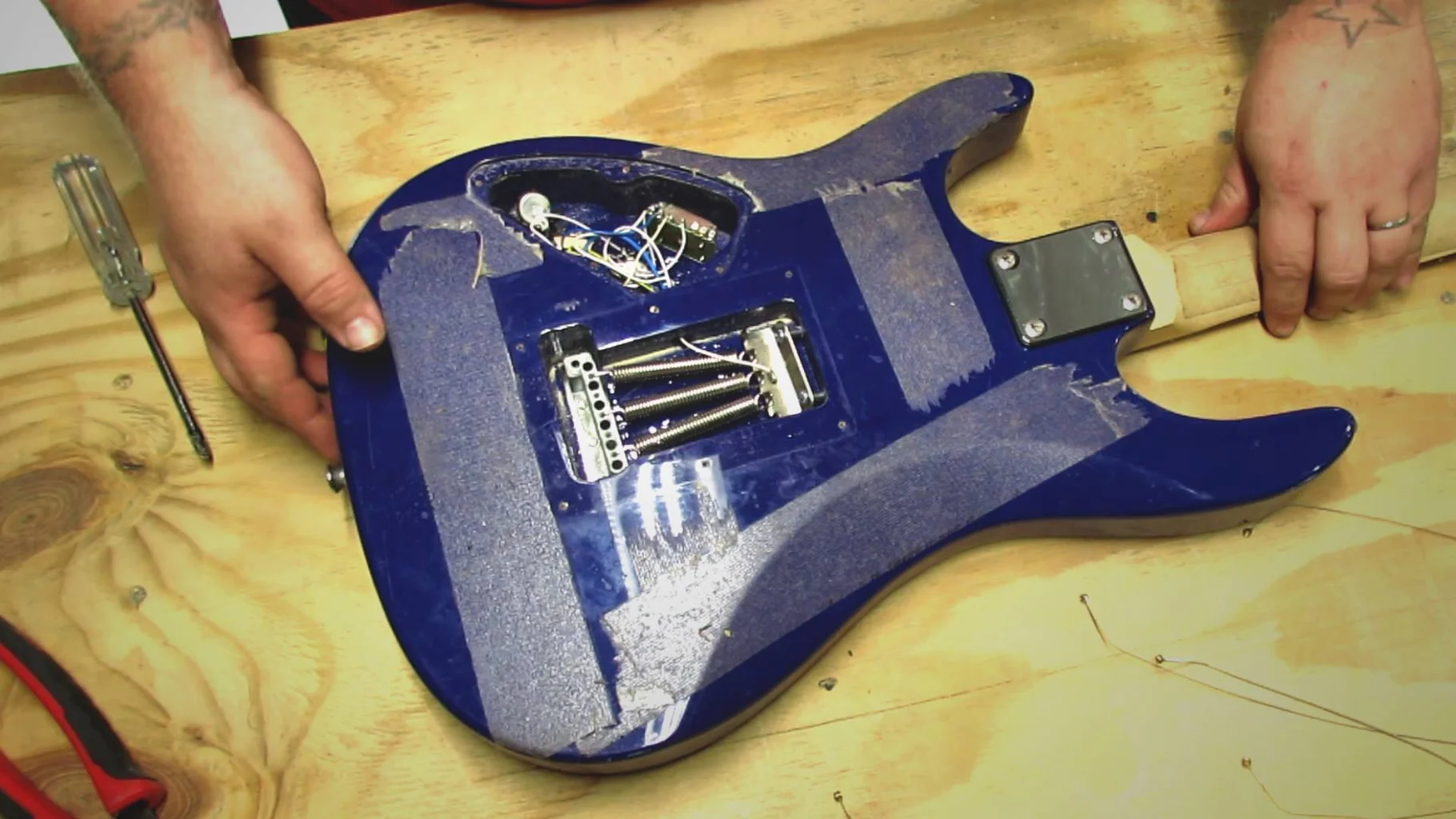Introduction
Understanding the Importance of Guitar Action
When it comes to playing the electric guitar, one of the most crucial yet often overlooked aspects is the guitar action. The term “guitar action” refers to the distance between the strings and the fretboard. It plays a pivotal role in determining the playability, tone, and overall feel of the instrument. Whether you’re a seasoned guitarist or a novice, understanding the significance of guitar action is essential for optimizing your playing experience.
Proper guitar action not only affects the playability and comfort of the instrument but also influences the sound quality. It’s a delicate balance that can significantly impact a guitarist’s performance, making it imperative to find the ideal action height that suits your playing style and preferences.
In this comprehensive guide, we’ll delve into the nuances of guitar action, exploring its definition, factors that influence it, the ideal action height, and how to adjust it to achieve optimal playability. By the end of this article, you’ll have a deeper understanding of guitar action and be equipped with the knowledge to fine-tune your instrument for an enhanced playing experience.
What is Guitar Action?
Guitar action, often referred to as string action, is a critical element that directly impacts the playability and sound of an electric guitar. It pertains to the distance between the strings and the fretboard. This distance significantly influences how the strings respond when pressed down, ultimately affecting the ease of play, intonation, and overall comfort for the guitarist.
The action of a guitar is typically measured at the 12th fret, where the distance between the bottom of the string and the top of the fret is assessed. This measurement is crucial as it determines the effort required to press down the strings and produce clear, resonant notes. A higher action requires more finger pressure and can cause discomfort during prolonged playing sessions, while a lower action allows for easier fretting but may lead to buzzing or fretting out if set too low.
Additionally, the action of an electric guitar significantly influences the instrument’s tone. Higher action tends to produce a fuller, more resonant sound, while lower action can result in a brighter, crisper tone. Finding the right balance is essential to achieve a comfortable playing experience without compromising sound quality.
Moreover, guitar action is not a one-size-fits-all concept. Different playing styles, preferences, and musical genres may require varying action heights. For instance, a guitarist who predominantly plays intricate lead passages may prefer a lower action for faster, more precise fretting, while a rhythm guitarist might opt for a slightly higher action to accommodate strumming and chord changes.
Understanding the intricacies of guitar action is fundamental for any guitarist looking to optimize their instrument for superior playability and tonal quality.
Factors Affecting Guitar Action
Several factors come into play when determining the ideal action for an electric guitar. Understanding these influences is crucial for achieving optimal playability and sound. Here are the primary factors that affect guitar action:
- Neck Relief: The curvature of the guitar neck, known as neck relief, significantly impacts the action. A neck with excessive forward bow can cause higher action, while insufficient relief can lead to lower action and fret buzz. Adjusting the truss rod can help achieve the right amount of neck relief to influence the action.
- Fret Wear: Over time, frets can wear down, leading to uneven action and intonation issues. Regular maintenance, including fret leveling and dressing, is essential to ensure consistent action across the fretboard.
- String Gauge: The thickness of the strings plays a pivotal role in determining the action. Heavier gauge strings require more tension to achieve the desired pitch, potentially necessitating higher action, while lighter gauge strings may permit lower action due to reduced tension.
- Bridge and Nut Height: The height of the bridge and nut directly influences the action. Adjusting these components can significantly impact the overall action of the guitar, allowing for precise customization based on the player’s preferences.
- Playing Style: Different playing styles, such as fingerstyle, strumming, or lead guitar, can influence the preferred action height. For example, fingerstyle players may opt for lower action to facilitate intricate fingerpicking, while strummers might prefer a slightly higher action for improved resonance and sustain.
- Climate and Environment: Changes in temperature and humidity can affect the neck’s curvature and the overall setup of the guitar, potentially altering the action. It’s essential to monitor and adjust the guitar’s setup to account for environmental variations.
By considering these factors and their interplay, guitarists can make informed adjustments to achieve the ideal action height that aligns with their playing style and sonic preferences. Understanding the dynamic nature of these influences empowers guitarists to fine-tune their instruments for an optimal playing experience.
Ideal Guitar Action Height
Finding the ideal action height for an electric guitar is a subjective endeavor that depends on a guitarist’s playing style, preferences, and the specific characteristics of the instrument. While there is no one-size-fits-all solution, there are general guidelines to consider when determining the optimal action height.
For most electric guitars, a standard action height of approximately 1.5mm to 2.0mm at the 12th fret is often considered a versatile starting point. This range provides a balance between comfortable playability and optimal sound production. However, individual preferences and playing styles can lead to variations in the desired action height.
Here are some considerations for determining the ideal action height:
- Playability: The action should allow for comfortable fretting and bending while minimizing the effort required to produce clear, sustained notes. It should accommodate the guitarist’s playing technique without causing undue strain or discomfort.
- Tonal Quality: The action height can influence the guitar’s tone. Higher action tends to produce a fuller, warmer sound, while lower action can result in a brighter, more immediate tone. Finding the right balance is essential to achieve the desired sonic characteristics.
- String Buzz and Fretting Out: An ideal action height minimizes string buzz and fretting out, ensuring that the strings resonate cleanly without unwanted buzzing or dead spots along the fretboard.
- Playing Style: Different playing styles may necessitate specific action heights. Lead guitarists often prefer lower action for faster, more precise fretting, while rhythm guitarists may opt for slightly higher action to facilitate strumming and chord changes.
- String Bending: The action height should allow for smooth and controlled string bending, enabling expressive playing without encountering excessive resistance from the strings.
Ultimately, the ideal action height is a personal preference that should be tailored to the individual guitarist’s needs. Experimenting with different action heights and seeking professional setup assistance can help guitarists fine-tune their instruments to achieve the perfect balance of playability and tonal characteristics.
Adjusting Guitar Action
Adjusting the action of an electric guitar is a crucial aspect of instrument setup that allows guitarists to customize the playability and sound of their instruments. While precise adjustments should ideally be carried out by a professional luthier or guitar technician, understanding the basic principles of adjusting guitar action can empower guitarists to make minor tweaks to suit their preferences.
Here are the primary steps involved in adjusting guitar action:
- Assessing the Current Action: Before making any adjustments, it’s essential to evaluate the guitar’s current action height. This can be done by measuring the distance between the strings and the 12th fret using a feeler gauge or specialized action ruler.
- Truss Rod Adjustment: The truss rod, located within the guitar’s neck, can be adjusted to influence the neck’s curvature, thereby impacting the action. Clockwise adjustments typically increase relief, while counterclockwise adjustments reduce it. Care should be taken when adjusting the truss rod to avoid over-tightening or loosening, which can lead to undesirable neck bow.
- Bridge and Nut Adjustment: The height of the bridge saddles and nut can be modified to alter the action. Most electric guitars feature adjustable bridge saddles that can be raised or lowered using screws. Similarly, the nut height can be adjusted to fine-tune the action at the lower end of the fretboard.
- Fret Leveling and Dressing: If fret wear or uneven frets are contributing to inconsistent action, a professional fret leveling and dressing procedure may be necessary. This involves precisely reshaping the frets to ensure uniform height and optimal playability across the fretboard.
- String Gauge and Tension: Switching to a different string gauge can influence the tension and, consequently, the action height. Lighter gauge strings generally exert less tension, allowing for lower action, while heavier gauge strings may necessitate slightly higher action.
It’s important to note that while minor action adjustments can be made by guitarists themselves, complex procedures such as fretwork and truss rod adjustments are best left to experienced professionals to avoid inadvertently damaging the instrument.
By understanding the fundamentals of adjusting guitar action and seeking assistance from qualified technicians when necessary, guitarists can ensure that their instruments are tailored to their specific playing styles and sonic preferences, ultimately enhancing their playing experience.
Conclusion
Understanding and optimizing guitar action is a fundamental aspect of maintaining an electric guitar and tailoring it to the player’s unique style and preferences. The nuanced interplay of factors such as neck relief, string gauge, playing style, and environmental conditions underscores the dynamic nature of guitar action and its impact on playability and tone.
By delving into the intricacies of guitar action and its adjustment, guitarists gain valuable insights into the factors that influence the instrument’s performance. Achieving the ideal action height involves a delicate balance that accounts for playability, tonal quality, and the demands of the guitarist’s specific musical style.
Furthermore, the process of adjusting guitar action, while requiring precision and care, empowers guitarists to fine-tune their instruments to suit their individual needs. Whether it’s modifying the neck relief, adjusting the bridge and nut height, or selecting the appropriate string gauge, the ability to make informed adjustments enhances the overall playability and sound of the electric guitar.
Ultimately, the quest for the perfect action height is a continuous journey shaped by the guitarist’s evolving playing style and sonic aspirations. Seeking professional setup assistance when necessary and remaining open to experimentation with different action heights can lead to a personalized playing experience that resonates with the guitarist’s artistic expression.
By embracing the art of guitar action adjustment, guitarists embark on a path of discovery, fine-tuning their instruments to unlock their full potential and create a seamless connection between player and guitar. This pursuit of sonic excellence through meticulous action adjustment exemplifies the dedication and artistry inherent in the craft of electric guitar playing.







